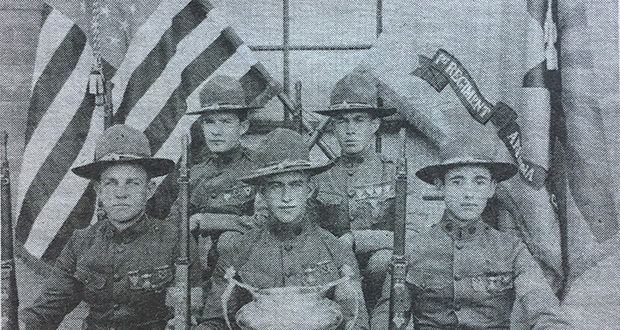Come and git it
Arizona Capitol Reports Staff//November 14, 2008//[read_meter]
An early Chuck wagon somewhere in Arizona In the early part of the 21st century, some believe life in Arizona is too regulated. In the early days of Arizona, a...
No tags for this post.

















